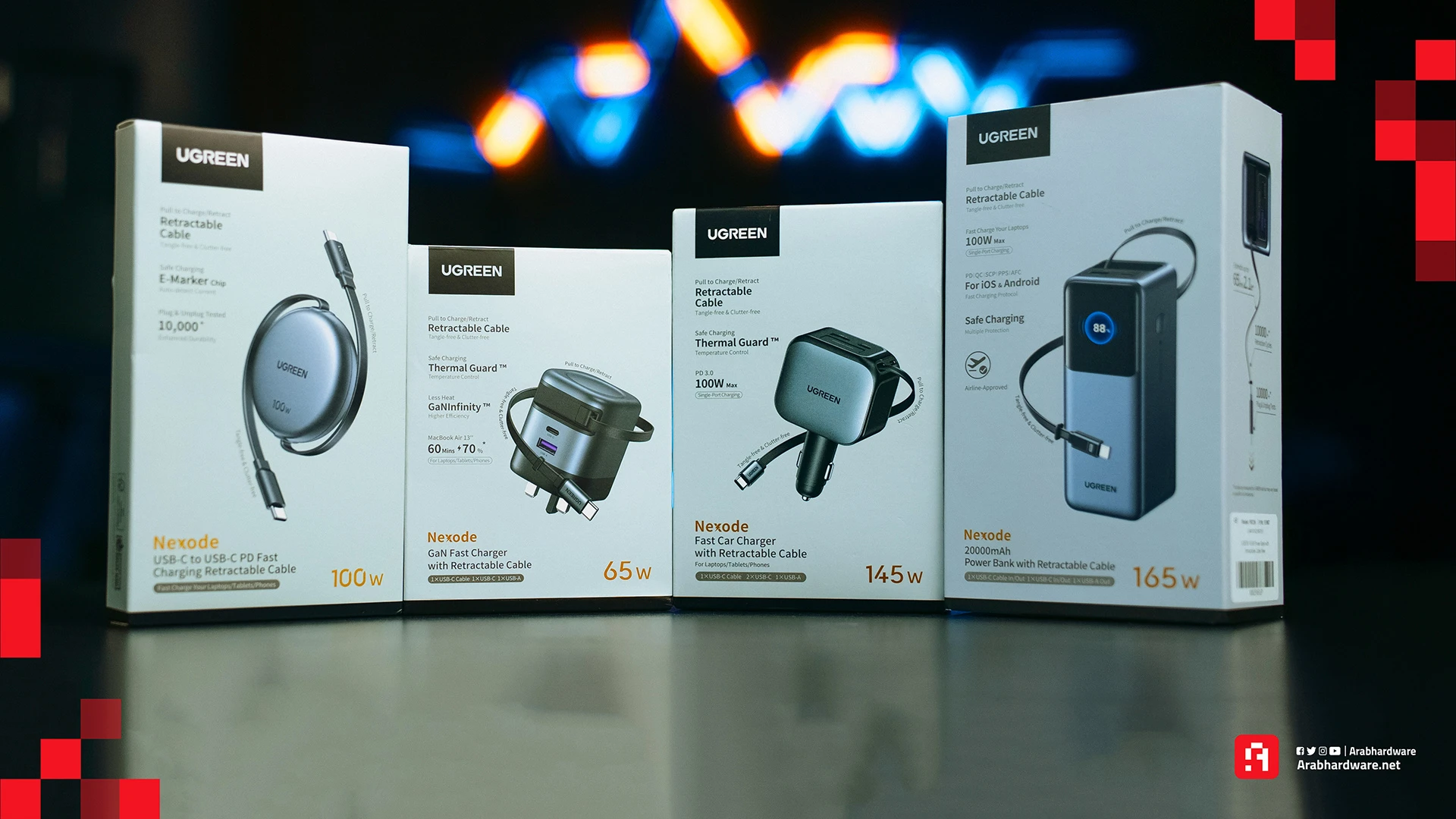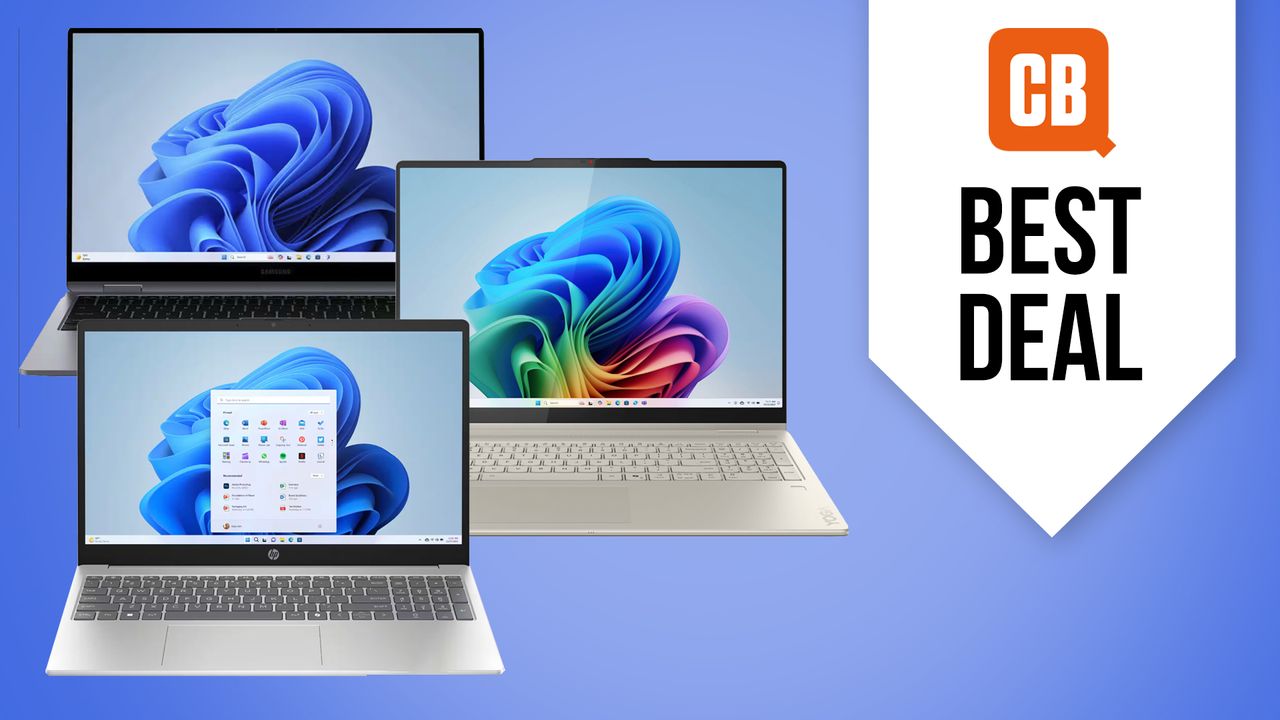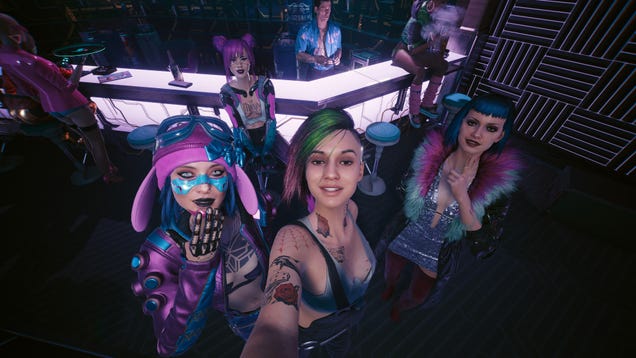Introducing the 2025 One Hertz Challenge: because who wouldn’t want to get excited about square waves in a world that’s already buzzing with chaos? Remember when signal generators were the rock stars of the tech bench? Apparently, they’ve been replaced by function generators, which are probably throwing better parties too. But fret not, for the true connoisseurs of simplicity can now engage in the noble art of generating a single hertz — a true test of patience and creativity. So grab your bench, dust off that old signal generator, and prepare to become the next square wave sensation! Just don’t forget to tell your friends about your “less demanding” hobby; they’ll definitely be impressed... or just confused.
#OneHertzChallenge #
#OneHertzChallenge #
Introducing the 2025 One Hertz Challenge: because who wouldn’t want to get excited about square waves in a world that’s already buzzing with chaos? Remember when signal generators were the rock stars of the tech bench? Apparently, they’ve been replaced by function generators, which are probably throwing better parties too. But fret not, for the true connoisseurs of simplicity can now engage in the noble art of generating a single hertz — a true test of patience and creativity. So grab your bench, dust off that old signal generator, and prepare to become the next square wave sensation! Just don’t forget to tell your friends about your “less demanding” hobby; they’ll definitely be impressed... or just confused.
#OneHertzChallenge #
1 Σχόλια
·0 Μοιράστηκε
·0 Προεπισκόπηση

















